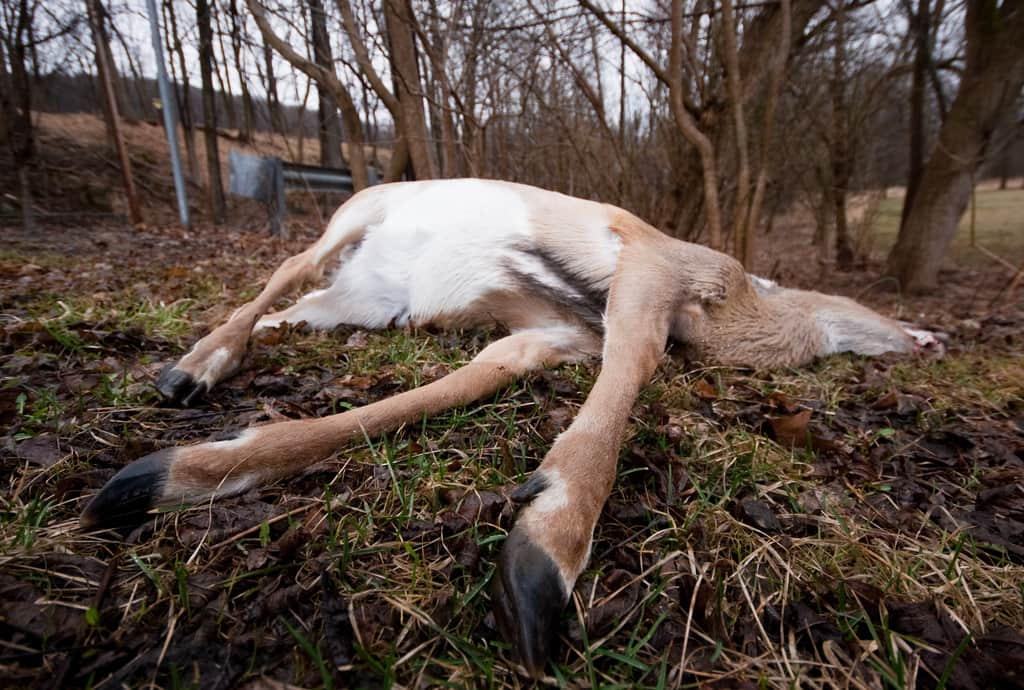“Zombie” Virus Kills Hundreds of Deer across Washington, Idaho
OutdoorHub Reporters 10.07.15

Wildlife officials have confirmed an outbreak of bluetongue virus in white-tailed deer in both Idaho and Washington. The latest outbreak is believed to have killed hundreds of deer in at least eight eastern Washington counties, and in the Clearwater region of Idaho. According to biologists from the Washington Department of Fish and Wildlife (WDFW), the high number of deaths and severity of the outbreak may be caused by ongoing drought conditions. In Idaho alone, officials estimate that up to 1,000 deer have succumbed to the virus.
Sometimes called the “deer zombie” virus due to its symptoms, bluetongue causes lethargy, disorientation, lameness, and often leads to the deer to acting strangely around predators. There have been cases where deer stricken with the disease will completely disregard hunters or even approach them.
“WDFW veterinarian Kristin Mansfield said today that bluetongue is a common virus transmitted by biting gnats at water sources where deer congregate during dry conditions,” the department said in a press release. “Every year in late summer and early fall, some white-tailed deer are lost to bluetongue and a similar virus known as EHD (epizootic hemorrhagic disease).”
Unlike EHD, bluetongue is also considered a threat to domestic livestock as well. Researchers at Washington State University, who confirmed the presence of the virus last month, said that the virus can spread to other species such as bison, elk, sheep, and domestic cattle.
“Bluetongue infections can both sicken and kill large numbers of animals depending on the species. Not all animals develop symptoms, but those that do may decline rapidly and death may follow in less than a week,” researchers stated.
Death from bluetongue is caused by lung damage, which leads to poor blood oxygenation and a condition called cyanosis. By this point the animal is having trouble circulating oxygen in its blood and that makes its lips and tongue appear a pale blue—giving the virus its name. Roughly 80 percent of affected white-tailed deer will die from the disease.
“We’re finding dead whitetails just about any place the deer get around mud, which is where the gnats are produced,” WDFW biologist Michael Atamian told the Associated Press.
Idaho biologists are finding equally grim conditions and have reported dead deer from Moscow to Grangeville. There is a light at the end of the tunnel however. Officials say they expect the outbreak to die down once colder weather arrives, when deer start moving away from gnat-ridden areas. Hard frost will also kill the pests as well. The current outbreak is not expected to have a significant impact on hunting, but sportsmen and women are advised to avoid harvesting sick deer for meat. The virus does not affect humans, but eating venison from a sick animal is never a good idea.
With archery season underway in Washington, hunters in the affected region may expect to run across some “zombie” deer themselves.

